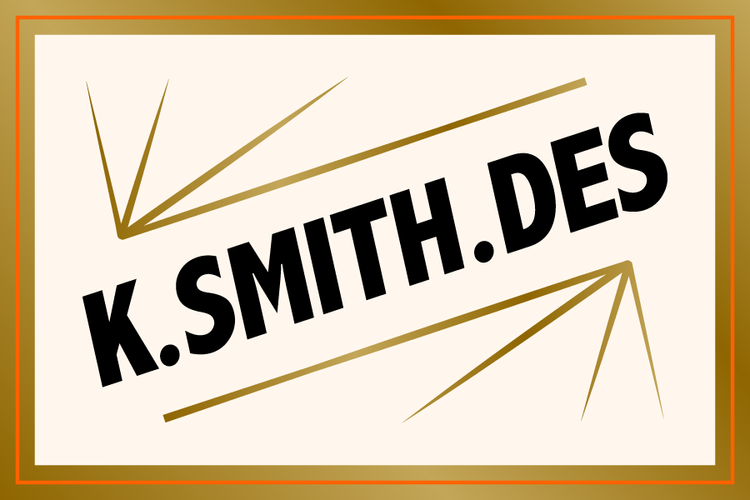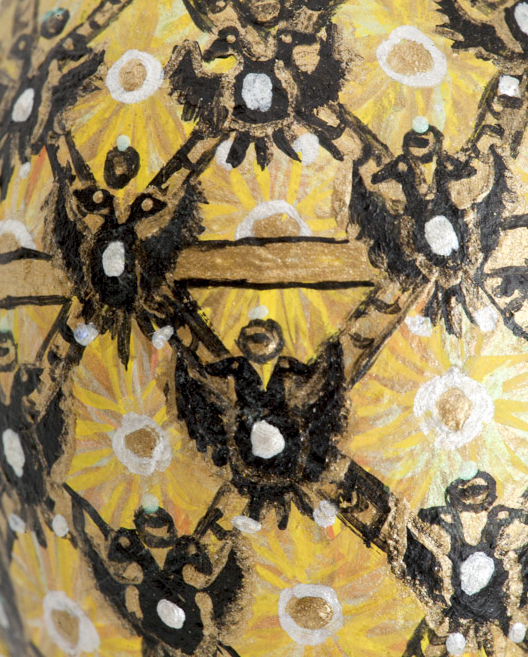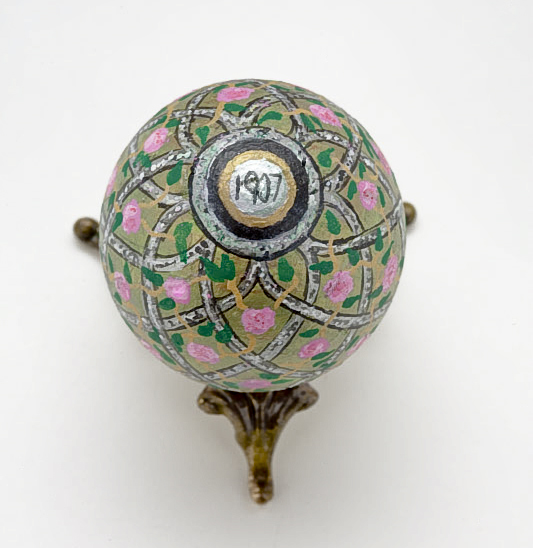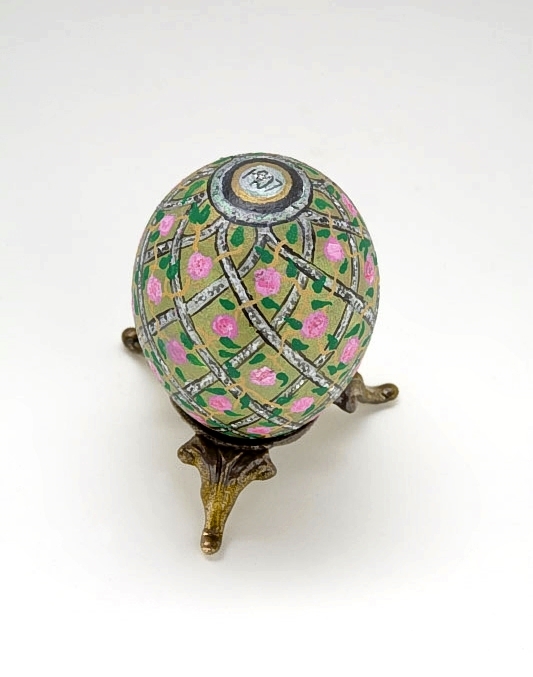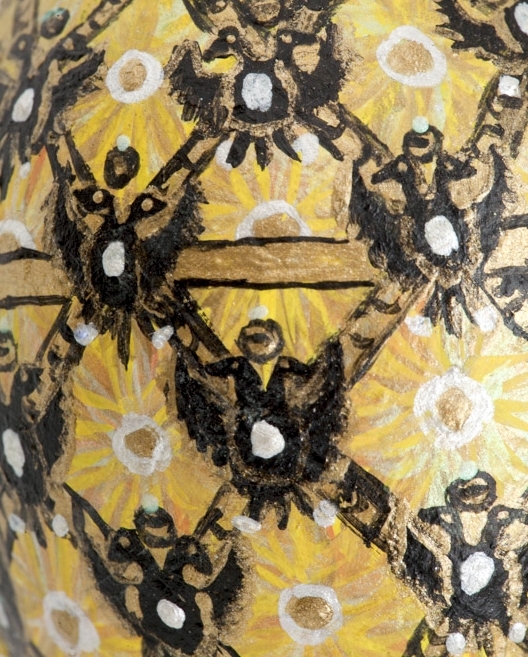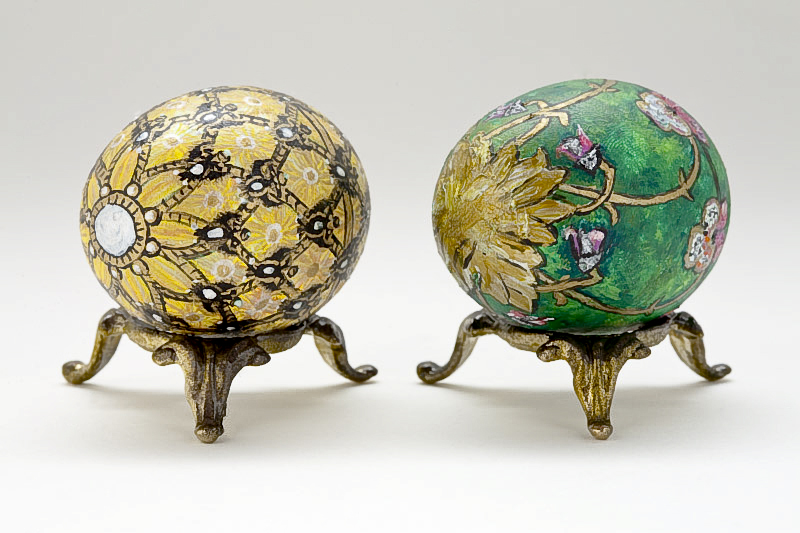Fauxberge Eggs
A creative study of Faberge’s Imperial Eggs by Kasey Smith.
“For every action, there is an equal and opposite reaction.” - Newton’s Third Law
If the Urban Camo Seed Bombs were an exercise in patience and observation, the Fauxberge Egg series was an exercise in instant, almost violent, gratification. Eight hollowed eggs filled with California Poppy seeds and painted to resemble Faberge Eggs; destined to be shattered on the streets of Fruitvale, scattering their seeds and (hopefully) leading to a crop of spring flowers. A direct response to my previous seed bomb series; these eggs are a continuation of the themes of art as renewal, the impermanence of the art object, and the arbitrary nature of “worth”. Building on that conceptual base are the additional tensions of passive versus active destruction and precious trash versus trashing the precious.
Now to meet the eggs!
Imperial Coronation and Pansy Fauxberge Eggs
The Imperial Coronation Egg was a gifted to Empress Alexandra Fvodorovna in 1897 to commemorate the coronation of Tsar Nicholas II. The egg was made from gold and covered in a translucent yellow enamel in a starburst pattern. The trellis overlay was done in gold with enameled double headed-Imperial eagles at the intersections. The “surprise” inside the egg was a tiny replica of the Imperial coach from the coronation. The egg and it’s surprise survived the revolution but the display stands for both the egg and coach did not.
The Pansy Egg was gifted from Tsar Nicholas II to his mother the Dowager Empress Alexandra Fvodorovna in 1899. It was one of only two art nouveau style Imperial Eggs. The egg was made from nephrite, rests on a silver “stand” of interlocking branches, and has five enameled pansies on the side. The “surprise” inside was an easel holding a heart plaque that contained miniature portraits of the royal family. The egg is also known as the “Spinach Jade Egg”.
Rose Trellis Fauxberge Egg
The Rose Trellis Egg was gifted to Empress Alexandra Fyodorovna by Tsar Nicholas II in 1907. The egg was made from gold, green, and pink enamel, portrait diamonds, rose-cut diamonds, and a satin interior lining. This egg is enameled in translucent pale green and latticed with rose-cut diamonds and decorated with pink enamel roses with emerald green leaves. The “surprise” inside was a diamond necklace and an ivory miniature portrait of the tsarevich. Both surprises were lost during the revolution.
Rosebud Fauxberge Egg (dedicated to Conor Fahey-Latrope)
The Rosebud Egg was gifted to Empress Alexandra Fyodorovna by Tsar Nicholas II in 1895. It was the first egg Nicholas gifted to her. The egg was made from gold, decorated with bands of rose-cut diamonds, and covered with a translucent red enamel. The “surprise” inside was a yellow-enameled rosebud that held a bejeweled crown and ruby necklace. The rosebud survived the revolution but the crown and necklace did not.
Clover Leaf and Twelve Panel Fauxberge Eggs
The Twelve Panel egg was gifted to Barbara (Varvara) Kelch-Bazanova in 1899 by her husband Alexander Kelch. The egg was made from yellow gold, rose-cut diamonds, portrait diamonds, translucent pink and green enamel, and opaque white enamel. The twelve panels are separated by bands of gold, overlaid with pink enamel roses. It is the only non-Imperial Egg I painted.
The Clover Leaf Egg was gifted to Empress Alexandra Fyodorovna by Tsar Nicholas II in 1902. The egg has an openwork pattern of clover leaves; the leaves are transparent bright green enamel and there’s a thin gold and ruby ribbon winding throughout. The “surprise” inside has been lost, but may have been a diamond encrusted four leaf clover holding miniature portraits of the Tsar’s four daughters. The egg is considered too fragile to travel and is one of the few Imperial Eggs to have never left Russia.
Twelve Monograms Fauxberge Egg
The Twelve Monograms egg – Also called the Alexander III Portrait Egg – was gifted to the Dowager Empress Maria Fyodorovna in 1896 by her son Tsar Nicholas II. The egg is made of dark blue enamel with a design of red gold, rose-cut diamonds, portrait diamonds and and interior velvet lining. The monograms are Cyrillic ciphers of Alexander III and Maria Fedorovna, six for each, his on top and hers on the bottom of the egg. The “surprise” inside was lost but it may have been six miniatures of Alexander III painted on ivory and surrounded by sapphires.
Renaissance Fauxberge Egg
The Renaissance Egg was gifted to Empress Maria Fyodorovna in 1894 by her husband Tsar Alexander III. It was the last egg he would gift her. The egg was made of cloudy agate, an opaque white enamel gold trellis, with a quatrefoil of diamonds and a ruby centre at each intersection. The “surprise” inside was lost and unknown but is hypothesized to be the Resurrection Egg, which fits inside and has some similar design elements.
Fauxberge Egg Gallery
Epilogue — the Pearl Fauxberge Egg
In 2015 Faberge created a new Imperial Egg - The Peal Egg. The first Imperial Egg crafted in close to a century, it featured 139 pearls and 3000+ diamonds inlaid on a mother of pearl exterior. I painted this egg in 2018, but never really had a plan about what to do with it. Too fragile to move to Europe with me, I chose to break it as part of the BART Basel 2022 art show.
